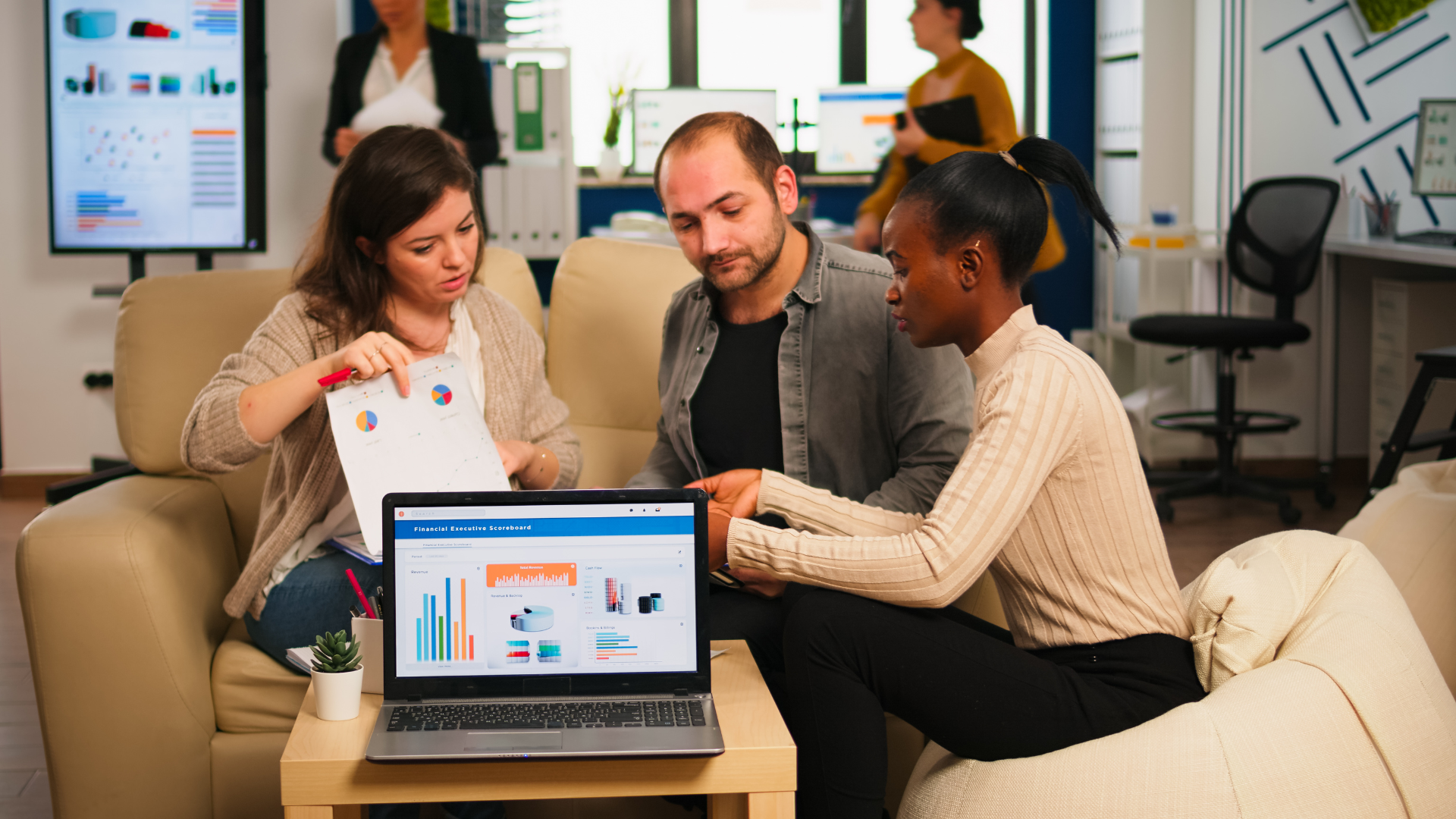How Predictive Analytics is Changing the Game in Hiring
The hiring process has always been a critical component of organizational success. Finding the right talent is not just about filling a vacancy; it’s about identifying individuals who will drive innovation, foster collaboration, and contribute to long-term growth. However, traditional hiring methods often fall short in predicting which candidates will truly excel in a role. Enter predictive analytics—a game-changing tool that is revolutionizing the way organizations approach hiring. By leveraging data and advanced algorithms, predictive analytics is enabling companies to make smarter, more informed hiring decisions. In this article, we’ll explore how predictive analytics is transforming the hiring landscape and why it’s a must-have tool for modern HR teams.
What is Predictive Analytics in Hiring?
Predictive analytics refers to the use of data, statistical algorithms, and machine learning techniques to identify the likelihood of future outcomes based on historical data. In the context of hiring, predictive analytics analyzes vast amounts of data—from resumes and job applications to employee performance metrics—to predict which candidates are most likely to succeed in a role. This data-driven approach goes beyond gut feelings and subjective judgments, providing HR teams with actionable insights to improve hiring accuracy.
For example, predictive analytics can identify patterns in successful employees’ backgrounds, skills, and behaviors, and use these patterns to evaluate new candidates. It can also forecast employee turnover, helping organizations proactively address retention challenges. By integrating predictive analytics into their hiring processes, companies can reduce bias, improve efficiency, and make more strategic talent decisions.
The Benefits of Predictive Analytics in Hiring
The adoption of predictive analytics in hiring offers numerous benefits for organizations, candidates, and HR teams alike. Here are some of the key advantages:
1. Improved Hiring Accuracy
One of the most significant benefits of predictive analytics is its ability to improve hiring accuracy. Traditional hiring methods often rely on resumes, interviews, and reference checks, which can be subjective and prone to bias. Predictive analytics, on the other hand, uses objective data to assess candidates’ potential fit for a role. By analyzing factors such as past job performance, skills, and cultural alignment, predictive analytics can identify candidates who are more likely to succeed and stay with the organization long-term.
2. Reduced Bias
Bias in hiring is a persistent challenge that can lead to unfair practices and missed opportunities. Predictive analytics helps mitigate bias by focusing on data-driven insights rather than subjective judgments. For example, algorithms can be designed to ignore demographic information such as age, gender, or ethnicity, ensuring that candidates are evaluated solely on their qualifications and potential. This not only promotes fairness but also helps organizations build more diverse and inclusive teams.
3. Faster Hiring Decisions
The hiring process can be time-consuming, often involving multiple rounds of interviews and assessments. Predictive analytics streamlines this process by quickly analyzing candidate data and providing actionable insights. This allows HR teams to make faster, more informed decisions, reducing time-to-hire and ensuring that top talent doesn’t slip through the cracks.
4. Enhanced Candidate Experience
A slow or cumbersome hiring process can frustrate candidates and damage an organization’s reputation. Predictive analytics improves the candidate experience by speeding up the hiring process and providing more personalized interactions. For example, chatbots powered by predictive analytics can answer candidates’ questions, schedule interviews, and provide feedback, creating a seamless and engaging experience.
5. Proactive Talent Management
Predictive analytics doesn’t just help with hiring—it also supports proactive talent management. By analyzing employee data, organizations can identify high-potential employees, predict turnover risks, and develop targeted retention strategies. This proactive approach ensures that companies are not only hiring the right people but also nurturing and retaining them.
How Predictive Analytics Works in Hiring
Predictive analytics in hiring involves several key steps, from data collection to decision-making. Here’s a breakdown of how it works:
1. Data Collection
The first step in predictive analytics is gathering relevant data. This can include resumes, job applications, performance reviews, employee surveys, and even social media profiles. The more data available, the more accurate the predictions will be.
2. Data Analysis
Once the data is collected, it is analyzed using statistical algorithms and machine learning techniques. These algorithms identify patterns and correlations that can predict future outcomes. For example, they might find that candidates with certain skills or experiences are more likely to succeed in a specific role.
3. Model Building
Based on the analysis, predictive models are built to evaluate new candidates. These models assign scores or rankings to candidates based on their likelihood of success. The models are continuously refined as new data becomes available, ensuring that they remain accurate and up-to-date.
4. Decision-Making
Finally, HR teams use the insights generated by predictive analytics to make hiring decisions. This might involve shortlisting candidates, identifying areas for further assessment, or predicting future performance.
Real-World Applications of Predictive Analytics in Hiring
Predictive analytics is already being used by forward-thinking organizations to transform their hiring processes. Here are some real-world examples:
1. Identifying High-Potential Candidates
Companies like Google and IBM use predictive analytics to identify high-potential candidates during the hiring process. By analyzing data from past hires, these organizations can pinpoint the traits and experiences that correlate with success in specific roles.
2. Reducing Employee Turnover
Predictive analytics can also help organizations reduce employee turnover. For example, Xerox used predictive analytics to analyze data from its call center employees and identify factors that predicted turnover. By addressing these factors, the company was able to reduce turnover by 20%.
3. Improving Diversity and Inclusion
Predictive analytics can play a key role in promoting diversity and inclusion. For instance, Unilever uses predictive analytics to ensure that its hiring process is free from bias. The company’s algorithms focus on skills and competencies rather than demographic information, helping to build a more diverse workforce.
4. Streamlining Recruitment Marketing
Predictive analytics can also enhance recruitment marketing efforts. By analyzing data on candidate behavior, organizations can identify the most effective channels and messages for attracting top talent. This ensures that recruitment campaigns are targeted and cost-effective.
Challenges and Considerations
While predictive analytics offers numerous benefits, it’s not without its challenges. Here are some key considerations for organizations looking to implement predictive analytics in hiring:
1. Data Quality
The accuracy of predictive analytics depends on the quality of the data. Incomplete or outdated data can lead to inaccurate predictions. Organizations must









